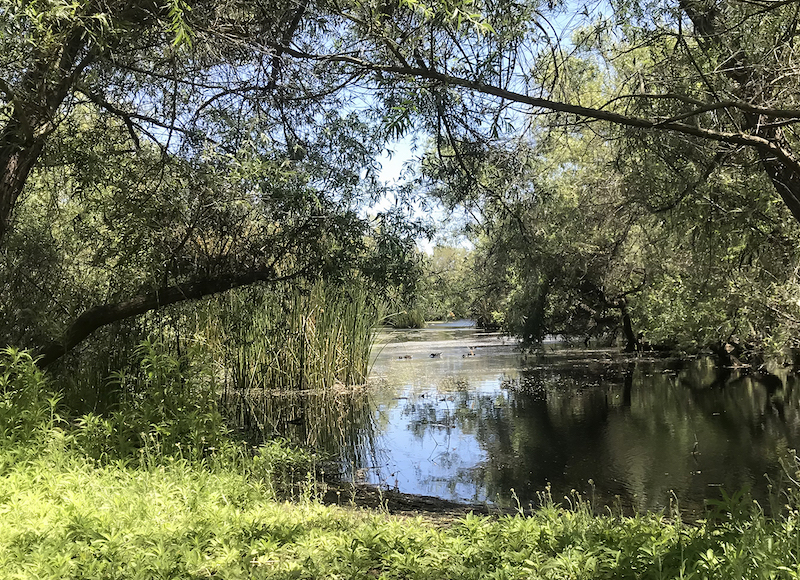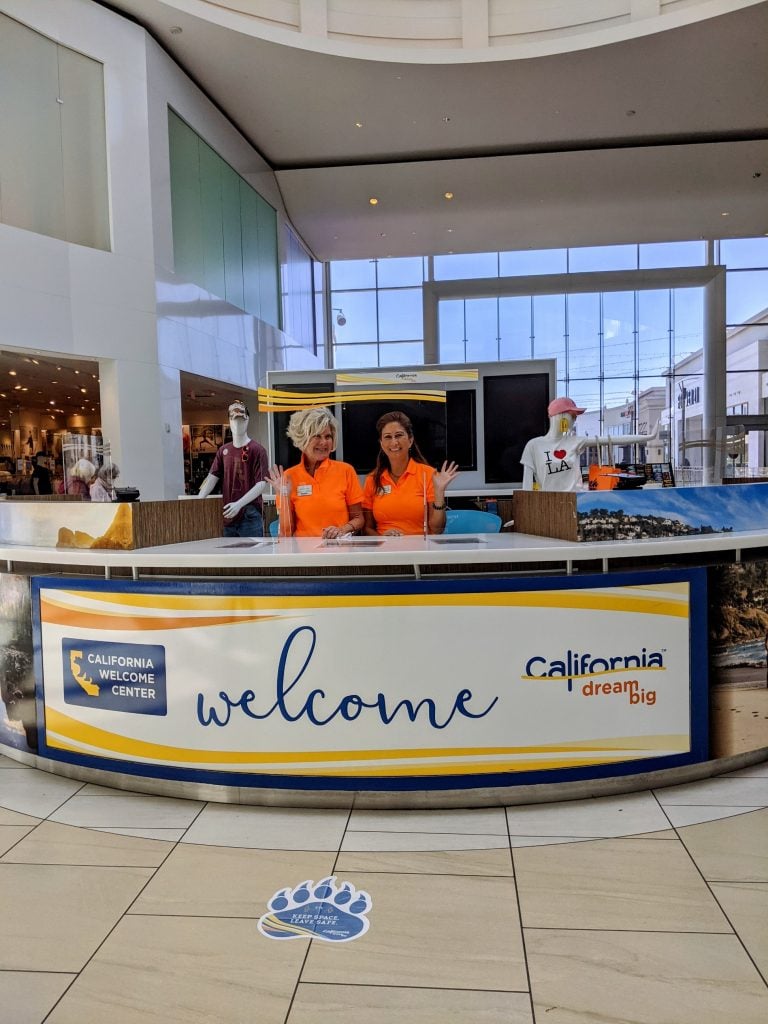Visit Native California Sites in Torrance
It’s important to honor and observe the history of those that came before us. As you seek to visit native California sites, head to Torrance. It’s the former home of the Gabrielino-Tongva Tribe, also known as the Gabrielino or San Gabriel Band of Mission Indians, and we’re proud to honor that heritage.
The Tongva, pronounced TONG-vay, are native to the greater Los Angeles area and numbered between ten to fifteen thousand in as many as one hundred settlements at their peak. At one point, the Tongva Tribe had settled from the base of Mount Wilson to San Bernadino in the east, Topanga Canyon in the West, and Laguna Beach in the South.
They also occupied some of the Channel Islands, including Santa Catalina, San Clemente, and San Nicolas. Perhaps the most famous Tongva is the woman whose personal story is told in Scott O’Dell’s book, The Island of the Blue Dolphins.
Read on for more details about the Tongva Tribe and where to go in Torrance to see where they lived:

MADRONA MARSH PRESERVE & NATURE CENTER
One of the last remaining vernal wetlands in Southern California, Madrona Marsh gives you a glimpse of what this area once was, perhaps in the Tongva’s day. Over 100 species have been identified here, including birds, insects, spiders, frogs, reptiles and small mammals. There’s a Nature Center where you can learn more about the area, and you can wander around and take it all in.
TONGVA HISTORY
The Tongva Tribe was known to have lived in the area, although there is no evidence that a village existed inside Madrona Marsh. Their men likely used the Madrona Marsh for hunting game, while the women would have gathered plant material there. The Tongva word for marsh is a “cienega,” a wet marshy area at the foot of a mountain, canyon, or edge of a grassland where groundwater bubbles surfaced.
For the American natives, marshes were a source of food, including fish, birds, shrimp and freshwater clams. It was also used as a freshwater source and made for easy transportation along the coast and between marshes. An earlier generation of Californians still remembers being able to canoe from the city of Wilmington to the sand dunes in Redondo Beach through that system of wetlands.
TONGVA LANDMARKS
Torrance is the hub of all things SoCal, and that rings true with Tongva landmarks as well.
Right behind L.A.’s world-famous Hollywood sign lies Cahuenga (or Kawenga) Peak, the Tongva’s “place in the mountains.” Cahuenga Peak is the highest summit in Griffith Park with excellent views of Los Angeles and Burbank, and is free to hike.
In Santa Monica you’ll find Tongva Park which features a native and locally-appropriate sustainable plant palette that changes subtly with the seasons. The dramatic topography of rolling hills and braided paths inspired by the arroyo wash landscape makes the park feel much larger than 6 acres, accommodating a range of uses that benefit the health and well-being of community members and visitors of all ages. The park name celebrates of the rich culture and traditions of the Tongva who were deeply connected to the original arroyos, native landscape, springs, and the ‘breath of the ocean’ that are symbolically represented in this park.
The Tongva Memorial located at Loyola Marymount University is another great stop nearby. A thousand years ago, the Gabrielino/Tongva tribe inhabited the area now occupied by LMU student residences. The first memorial anywhere to these “People of the Earth” was dedicated in 2000 as a fitting complement to the present-day dwellings. Visitors can gaze out over the Pacific and towards the Santa Monica Mountains as did this indigeneous tribe before them.
TONGVA TRIBE TODAY
The Tongva lost their land in the “18 lost treaties” when the government failed to adopt those promises. Later in 1950, the Eisenhower Assimilation of Native American Tribes policy merged the Gabrielino-Tongva Tribe with other tribes on paper and effectively eliminated any rights detailed in those 18 lost treaties.
As Californians have turned their hearts to correcting these wrongs, some have been moved to act. In a land transfer in October of 2022, Sharon Alexander gave the Tongva Tribe an Altadena home on a one-acre property.
Since the California missions ended in 1833, this marked the first time in nearly 200 years that the Tongva once again owned their own land. They have used the land as a meeting place and have striven to use it to reclaim their heritage and traditions.

EXPLORE AND LEARN
Torrance is rich with history. If you’re not sure where to start in planning your trip, stop by the California Welcome Center Torrance. You can plan through our interactive kiosk, shop locally-sourced merchandise, get custom activity planning and more. The California Welcome Center is located in the Del Amo Fashion Center at the main entrance, level 1.